Table of Contents
What is DJing?
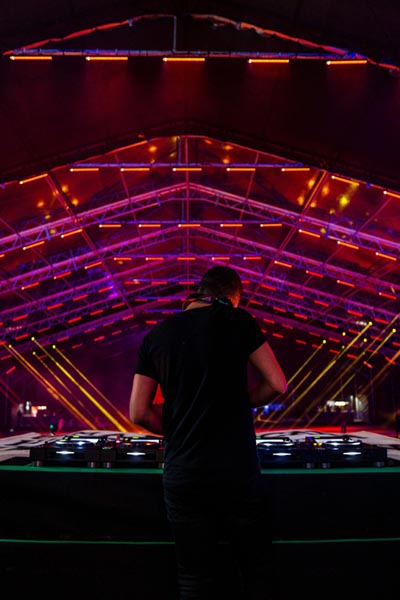
Djing is an art and entertainment form that consists of mixing music using DJ and sound equipment. DJs (disc jockeys) use a variety of techniques to create a unique and exciting listening experience for the audience.
Today, DJing is an ever-evolving industry, with DJs using a variety of tools and techniques to create unique and exciting music.
Many DJs are world-renowned artists who fill stadiums and festivals, while others work in smaller clubs and events.
DJing has also gained popularity as a form of artistic expression and has been incorporated into other art forms, such as live music and performance.
DJs also use advanced technology, such as state-of-the-art DJ software and controllers, to create innovative and amazing mixes.
In short, DJing is an ever-evolving art and entertainment form that has gained popularity around the world. DJs use a variety of techniques and tools to create exciting and unique music for audiences.
Djing, its history and evolution
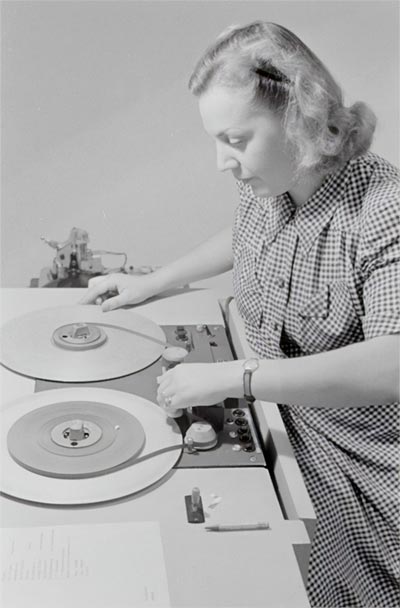
The history and origins of DJing are somewhat diffuse and refer to different precursors.
Some say it dates back to the 1940s and 1950s, when DJs started mixing music in clubs and discos. Most agree on Jamaica as the origin, when disc jockeys selected music with Sound Systems at street parties.
At that time, DJ equipment consisted of a turntable and a mixing desk. As technology advanced, DJs began using more sophisticated equipment and controllers that allowed them to perform more complex and creative mixes.
Others say that DJing is a form of music creation that originated in the 1970s in the New York nightclub scene. Early dj’s used to mix music live using two or more turntables and a mixer.
Names such as Clive Campbell, better known as DJ Kool Herc, started to perform block parties and used one of the first known techniques: “The Merry-Go-Round”. A technique by which the deejay passed from one break to another in the middle of the party. This technique is specifically called “The Merry-Go-Round” because, according to Herc, it takes you “from one side to the other without any slack”. With this, the breakbeat – danceable compás or loop – functioned as the basis for the breakers to perform their dance steps and acrobatics, along with the MCs.
Over time, DJing evolved and became an art form in itself, with the creation of new techniques and tools such as synthesizers and music production software programs.
Today, DJing is an integral part of electronic music and has expanded into almost every genre of music.
What does it take to be a DJ?
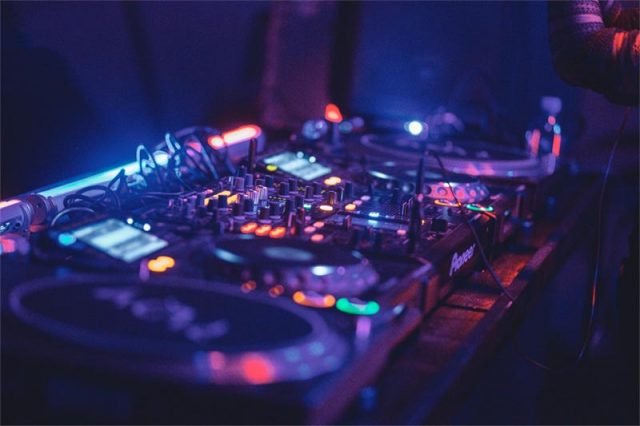
To become a DJ, it is important to have a passion for music and be willing to put in the time and effort to practice and learn. In addition, there are some technical and equipment requirements that must be met. Some of the things that can be helpful for a beginning DJ include:
DJ Equipment:
- Turntable: is an analog electromechanical type sound reproduction system, successor to the gramophone, which uses the same type of technology, replacing the phonograph cylinder with a record. The turntable is also known as turntable, turntable, turntable, phonochassis, turntable or pick-up.
- CDJ / XDJ: A CDJ is a specialized digital music player for DJs. Originally designed to play music from compact discs, many CDJs can play digital music files stored on USB flash drives or SD cards. Those devices that only play music stored on USB and cannot play CDs are called XDJs. In typical use, at least two CDJs are connected to a DJ mixer. CDJs have jog wheels and pitch faders that allow the digital music file to be manipulated in a similar way to a vinyl record on a DJ turntable. Many have additional features, such as loops and beat analysis, that are not present on turntables. In addition, some can function as DJ controllers to control the playback of digital files in DJ software running on a laptop instead of playing the files on the CDJ.
- DJ controller: A DJ controller, also called a DJ mixer controller, is a device used for disc jockeys (DJs) to mix music with a given software, using as control elements two consoles or decks, for the two parts of the mix; two jog wheels to create effects or modify the speed; two faders or volume levels; a crossfader or slider to mix the two decks; and buttons for equalization, for loading songs, effects, or speed variation (pitch). Other elements that are usually included are a headphone output to hear the song to be loaded while the previous one is playing, a USB output for a computer, and a line or microphone input. They usually provide easier control of the software than the computer keyboard and touchpad on a laptop, or the touchscreen on tablets and smartphones.DJ controllers do not mix audio signals like DJ mixers, but instead send signals to a computer to manage a song mixing program. Some DJ controllers can operate standalone, without a computer, or as a sound card, for recording or listening. The connection of the DJ controller to the computer is usually via USB, and they also use MIDI protocol.
Good music selection and audio quality:
To be a good DJ, it is important to have a good selection of music of different genres and styles. This can include audio files in uncompressed format such as WAV or AIFF as well as compressed format such as MP3. The other current trend is to store music on cloud hosting services such as Beatport Link, Dropbox, Soundcloud or Spotify to name a few and sync the user account directly with the digital audio player via Wifi to access the music library.
DJ psychology and performance:
In DJ booth slang, we talk about “reading the dance floor” as a synonym for predicting the behavior of the audience. It’s really tricky if you don’t regularly practice performing in front of an audience. It is important to convey confidence and control during the DJ-set, as the energy transmitted to the audience through body language also has a vital influence on the outcome of the performance.
DJing modalities
There are several DJing modalities, depending on the style and technique used by the DJ. Some of the most common modalities include:
- Track Mixing: Consists of mixing two or more tracks of live music using a mixing console and turntables.
- Scratching: This is a DJ technique used to produce distinctive sounds by moving a vinyl record back and forth on a turntable while simultaneously manipulating the mixer’s crossfader.
- Beatmatching: Consists of synchronizing the rhythm and tempo (beat) of two or more music tracks to create a smooth transition between them.
- Set creation: Consists of selecting and arranging a series of music tracks in a certain order to create a live DJing set.
- Music production: Consists of using music production software programs to create and mix electronic music.
- These are just a few of the modalities of DJing, and there are many other techniques and styles that are used today.
How to improve DJing skills?
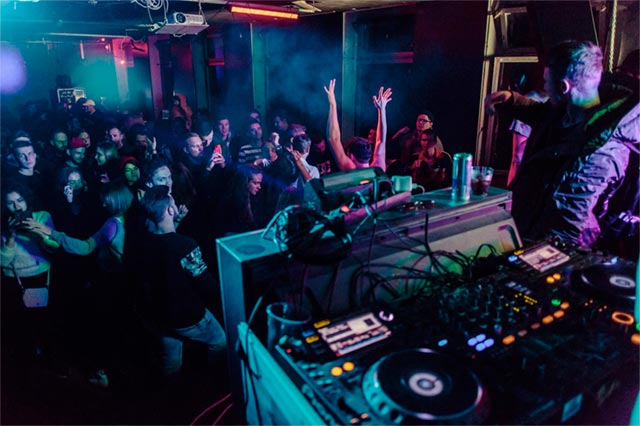
Like any skill, DJing ability can be improved with practice and continued learning. Some of the ways to improve DJing skill include:
- Practice: practice is critical to improving DJing skills. It is important to spend time practicing with equipment and software to become familiar with them and develop technique.
- Listen to other DJs: listening to other DJs is a great way to learn and get inspired. You can listen to live or online sessions and pay attention to how they mix music and use effects.
- Attend events and parties: attending events and parties is a great way to meet other DJs and see how they work live. You can also take the opportunity to ask them about their techniques and tips for improvement.
- Learn how to use DJ software: DJ software is an essential tool for modern DJs. It is important to spend time learning how to use the software to be able to manipulate music and create special effects.
- Participate in DJing events: you can participate in DJing events in your community or online to practice your skills and get feedback from other DJs and the public.
- Train at a DJ schoo: a good DJ school can help you on your path. At Beatheim, our mission is to turn music lovers into sound creators. Beatheim is more than just a training center. Our students find here a home where they can learn to mix, handle and bring beats to life. DJing is an artistic and technical practice that requires dedication and practice. With time and effort, anyone can learn to DJ and develop their own unique style and technique.
